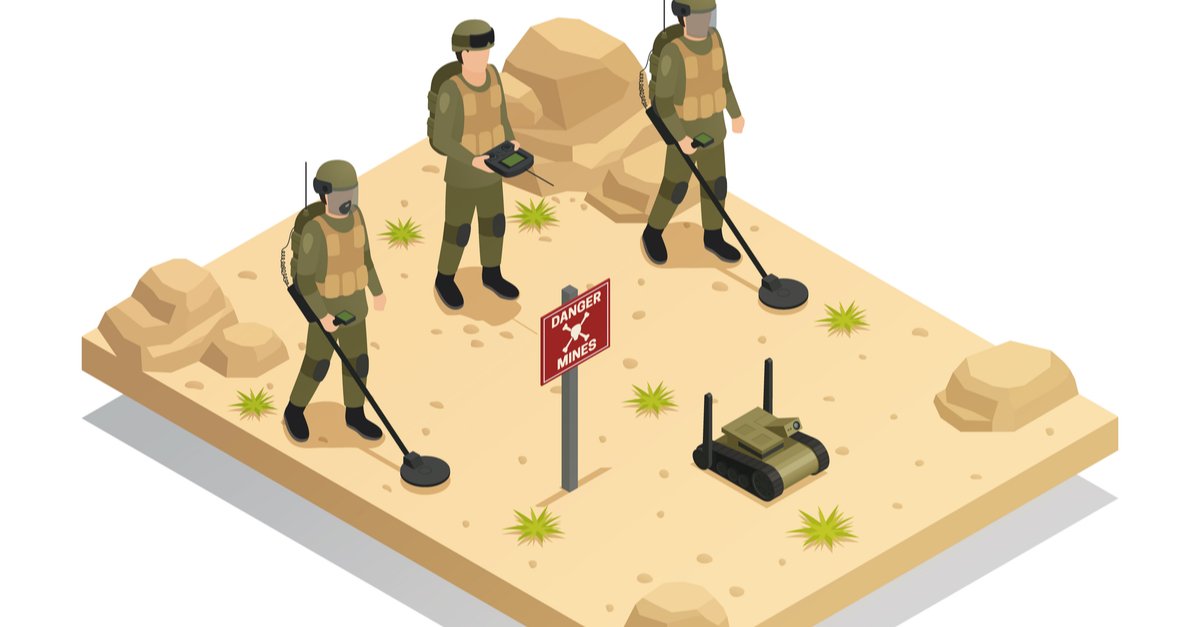
One of the root causes of many quality issues is poor communication, and it is particularly true in China.
When a new product is developed, a lot of work is often needed with the suppliers of components and materials. They are an integral part of the success of the project.
In many cases, we run a feasibility study to reduce risks. Here is why.
Why conducting a feasibility study with component suppliers before production starts is a smart move
Culturally, we have to accept that typical Chinese salespeople tend to say “yes, no problem” without looking at all the details of a project… until they have to start making production, which is the time most issues get surfaced.
There’s no intention for things to go wrong, rather they’re geared towards getting production going as soon as possible and not ‘worrying about the small things’. After all, the sooner the product is made and shipped, the sooner they receive their full payment.
This can take the form of ‘almost’ perfect product quality (or 差不多 Chàbùduō), which is good enough for the supplier but is seldom good enough for the inventor, the customers, or the end-users.
And it can lead to many serious mistakes. Here is an example:
- A headphone manufacturer was using the wrong type of glue to bind plastic and wood together.
- They had not asked their glue supplier if they were using the right type of glue for that.
- Many thousands of headphones had been shipped out, and customer complaints were pouring in, and when the glue supplier was finally informed — they swiftly confirmed their glue had been misused.
This could have been avoided if measures were put in place to check that the glue being used was going to be suitable before production started.
What are the benefits of such a study?
You really, really don’t want to discover issues once the tooling fabrication has been kicked off and the materials for mass production have been made — it might mean scrapping expensive parts and/or tools and waiting for 3-6 more weeks before production can start!
Therefore, this study can provide not only a financial benefit but reduce lead times, too.
What questions should the study answer?
The feasibility study needs to explore the ability of each supplier of a critical component to produce it on time, within budget, and at the requested level of quality.
In particular, the following questions (among others) are asked:
- Do the component suppliers feel confident they can meet all the tolerances, especially on critical-to-quality dimensions?
- Do they understand all the requirements, within the context of the full product? Can they see certain risks, and what can be done?
- Do they have any suggestions that would allow for lower cost or better quality? For example, a different material, a different type of process, etc.
The next step is often obvious. If they have a theory of what will happen but they can’t present assurances backed by facts and examples, a small-scale test can be conducted and validated. If it is not validated, another approach needs to be studied.
This type of feasibility study can take 1 hour, or it can lead to changes in the initial product design, new prototypes, and so on.
Again, the objective here is to prevent the situation where problems are noticed in mass production or, worse, in the field. Spending some time upfront and reducing risks can avoid major cost overruns and delays.



